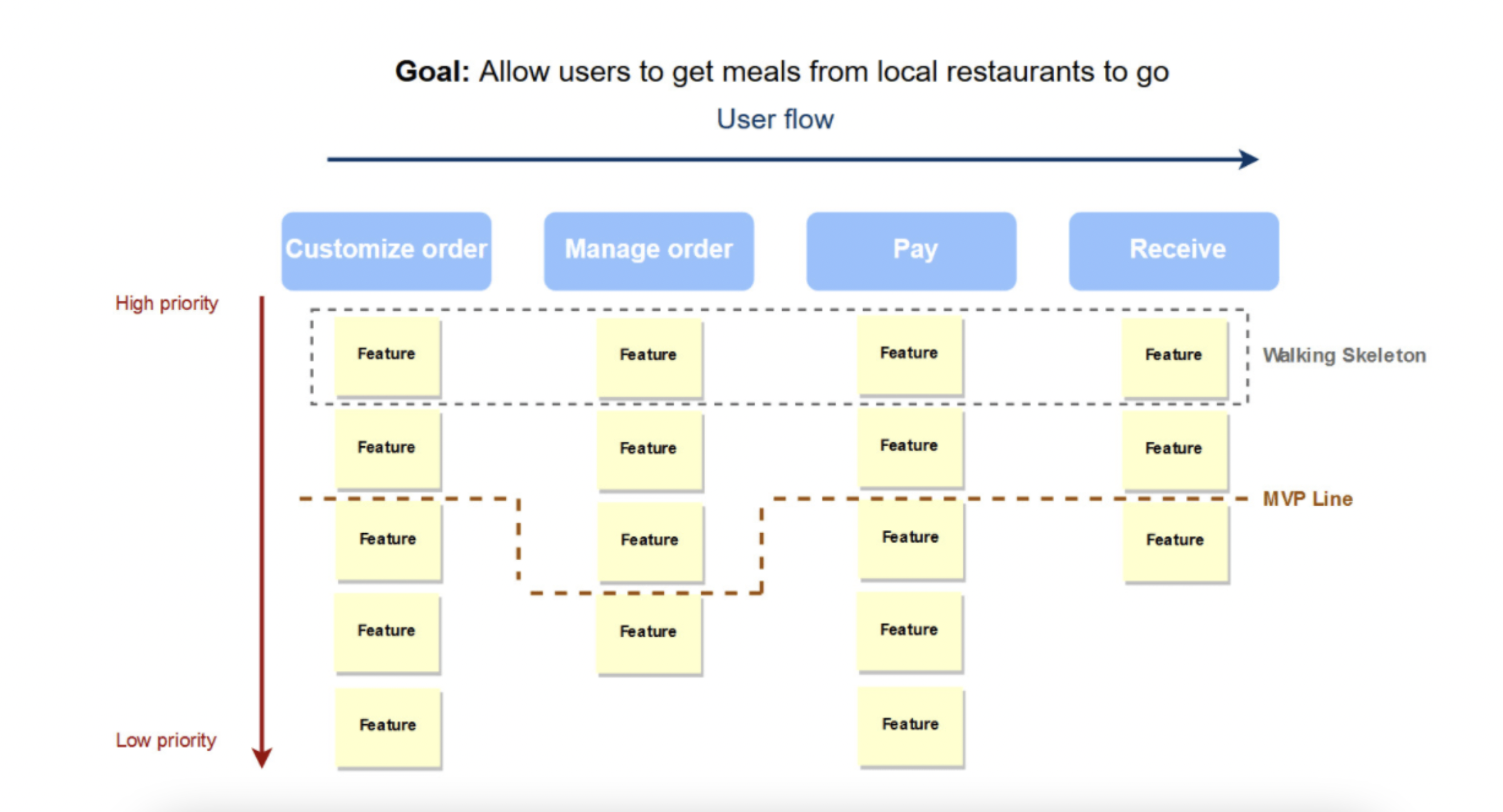MVP is a term that those who care about building an innovative, customer-focused project should familiarize themselves with. The MVP will not only help you validate your mobile product idea, but also indicate which app features you should include to be successful. An MVP is about testing your idea and discovering what will work to properly reach your customer. But how do you build and develop your MVP so that you’re sure the whole thing will go flawlessly? We have a way to do it!
What mvp development is?
What is MVP development? This strategy enables the team to verify (or invalidate) product assumptions and learn about the reactions of the target users, as well as to understand the core functions of the product. This approach will provide insight into proper budget allocation to meet overall business objectives. MVP development is an iterative process to identify problems and address them, using a minimum of budget input for a working application.
Step 1: Identify your Business and Market Needs
Sometimes ideas will not fit the needs of the market, so before a business initiates an idea and starts the MVP development process, it should make sure that it meets the needs of the target users. How to do this? A survey can be used. At the end of the day, the more information a business has, the better the chances of success.
Step 2: Identify Users and Activities
Think about who you are reaching out to with your idea. Who will use your product? Chances are you will have more than one category of user. Tasks are the actions that the user(s) have to perform to get to the end of the story and achieve the goal.
Step 3: Decide Which Features to Build
In this step, prioritize all the functions supported by the MVP. To prioritize the MVP features, ask questions such as: what do users want? Asking what my user wants and what my user needs can help you identify functions and prioritize them . Keep in mind that implementing too many features requested by the user too early can hurt the user experience and detract from the overall purpose of the product. The only functions you should include should be related to the overall purpose of your product. The final step is to organize these functions in the product backlog (with a focus on priority).
